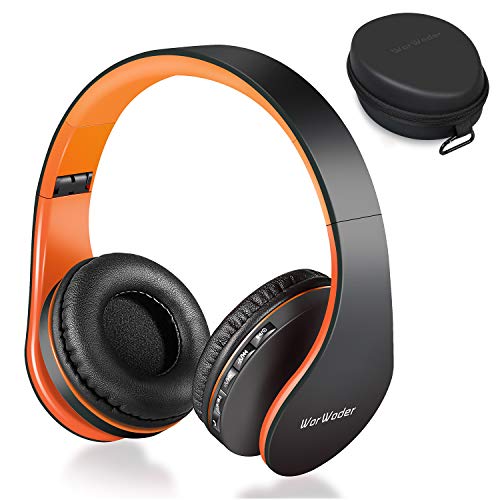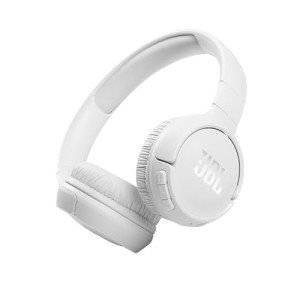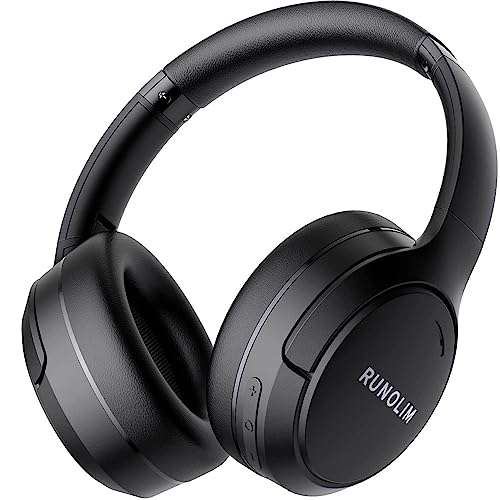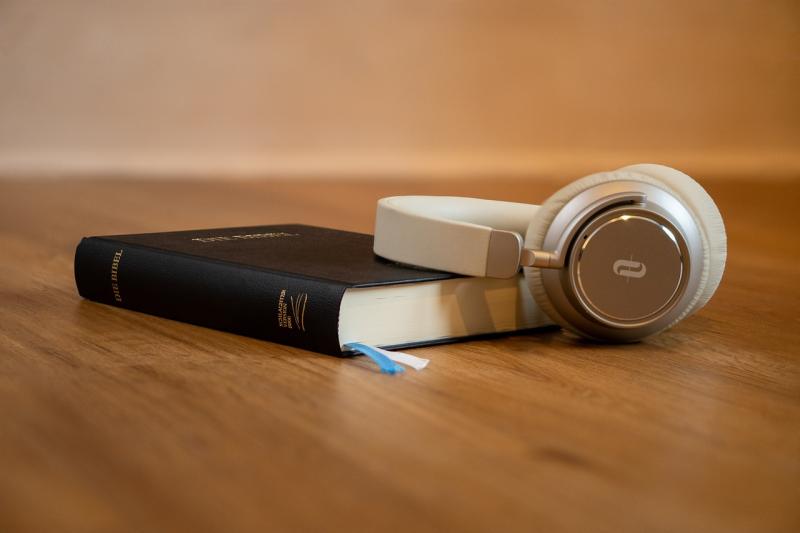Choosing the Right Wireless Headphones for Beginners
With the advancement in technology, wireless headphones have gained immense popularity among music enthusiasts. These revolutionary gadgets have eliminated the hassle of tangled wires and provided us with the freedom to enjoy music wirelessly. If you're new to the world of wireless headphones and unsure about which one to pick, this guide will help you make an informed decision.
1. Connectivity
The first aspect to consider when choosing wireless headphones is the connectivity option. Generally, there are two types of wireless connectivity available: Bluetooth and radio frequency (RF).
Bluetooth headphones are the most common and user-friendly option. They can connect seamlessly to smartphones, tablets, laptops, and other Bluetooth-enabled devices. On the other hand, RF headphones offer a wider range and can work with various devices, including TVs, gaming consoles, and audio systems.
2. Sound Quality
Sound quality is a crucial factor in any headphone purchase. Look for headphones that provide clear and crisp sound across different genres of music. Some headphones offer additional features like noise cancellation, which can help to eliminate external distractions and enhance your overall listening experience.
It's also important to consider the audio codecs supported by the headphones. AptX and AAC codecs are known for delivering high-quality audio wirelessly. Ensure that the headphones you choose are compatible with the codecs supported by your devices.
3. Comfort and Fit
Comfort plays a significant role, especially if you plan to wear your wireless headphones for extended periods. Look for headphones with adjustable headbands, well-padded ear cups, and lightweight designs. This will ensure a comfortable fit and minimize any discomfort caused by prolonged use.
Consider the type of headphones that best suit your preferences. There are four main types: over-ear, on-ear, in-ear, and true wireless earbuds. Over-ear headphones provide excellent sound quality and noise isolation but can be bulky. On-ear headphones offer a balance between sound quality and portability. In-ear headphones and true wireless earbuds are more compact and suitable for active individuals.
4. Battery Life
Wireless headphones are powered by internal batteries, so it's essential to consider their battery life before making a purchase. The battery life will determine how long you can use the headphones between charges.
Consider how often and for how long you plan to use the headphones each day. If you're a heavy user, opt for headphones with longer battery life to avoid frequent recharging. Additionally, check if the headphones have a fast-charging feature, as this can save you time in case you need to recharge them quickly.
5. Budget
Last but not least, consider your budget when choosing wireless headphones. Prices vary greatly depending on the brand, features, and overall quality. It's essential to strike a balance between your budget and the features you desire. While it's tempting to opt for the most affordable option, keep in mind that investing a little extra can offer better sound quality, durability, and comfort.
Remember to read reviews and compare different headphone models within your budget to make an informed decision. Pay attention to the overall rating, feedback on sound quality, comfort, and reliability.
By considering the connectivity, sound quality, comfort, battery life, and budget, you'll be able to choose the perfect wireless headphones for your needs. So, go ahead and dive into the world of wireless audio with confidence!
Step-by-Step Setup and Pairing of Wireless Headphones
Wireless headphones have become incredibly popular for their convenience and seamless connectivity. However, setting up and pairing wireless headphones for the first time can be a bit confusing for beginners. In this section, we will walk you through the step-by-step process of setting up and pairing your wireless headphones.
Step 1: Charging the Headphones
Before you start the setup process, ensure that your wireless headphones are fully charged. Most wireless headphones come with a charging cable that you can connect to a USB port on your computer or a wall adapter. Allow the headphones to charge until the battery is full before proceeding to the next step.
Step 2: Putting the Headphones in Pairing Mode
Every wireless headphone model is slightly different, so refer to the user manual for specific instructions on how to put your headphones in pairing mode. Typically, you need to press and hold a specific button or switch for a few seconds until a LED light starts flashing or you hear a sound indicating that the headphones are ready to pair.
Step 3: Enabling Bluetooth on Your Device
On the device you want to pair with the wireless headphones, make sure Bluetooth is enabled. For most laptops, smartphones, and tablets, you can usually find the Bluetooth settings in the system preferences or settings menu.
Step 4: Connecting and Pairing
Once Bluetooth is enabled on your device, it should scan for nearby devices. Find the name of your wireless headphones in the list of available devices and click on it to start the pairing process.
Note: Some headphones may require you to enter a passcode to complete the pairing. Check your user manual for the default passcode or follow the instructions provided with your headphones.
Step 5: Test the Connection
After successfully pairing your wireless headphones with your device, it's time to test the connection. Play some music or a video and check if the sound is coming through the headphones. Adjust the volume as needed using the controls on the headphones or your device.
Step 6: Additional Features and Controls
Once your wireless headphones are connected, you may have access to additional features and controls. Some headphones come with built-in microphones and buttons to answer calls or control playback. Refer to your user manual to learn more about these additional features and how to use them.
Congratulations! You have now successfully set up and paired your wireless headphones. Enjoy the freedom of wireless audio without the hassle of cables.
Tips and Tricks for Maximizing the Performance and Battery Life of Wireless Headphones
Wireless headphones have become increasingly popular in recent years, providing convenience and freedom of movement for music enthusiasts and audiophiles alike. However, to ensure optimal performance and extended battery life, there are some tips and tricks worth considering.
1. Keep Firmware Up to Date
Regularly check for firmware updates provided by the manufacturer of your wireless headphones. These updates often include improvements to connectivity, audio quality, and even battery management. Keeping your headphones up to date can enhance their performance and potentially address any known issues.
2. Optimize Bluetooth Connectivity
Bluetooth connectivity is crucial for wireless headphones. To maximize performance, ensure that your headphones and the device they are connected to are in close proximity, ideally within 10 meters (30 feet). Avoid obstructions such as walls or metal objects that can weaken the signal. Additionally, reducing interference from other Bluetooth devices by turning them off when not in use can also help maintain a strong connection.
3. Consider Audio Codec Support
Take advantage of advanced audio codecs such as aptX or LDAC if supported by your wireless headphones and audio source. These codecs can significantly improve audio quality and reduce latency, resulting in a better overall listening experience. Remember to check if your devices are compatible and adjust the settings accordingly.
4. Manage Noise Cancellation Settings
If your wireless headphones have noise cancellation features, adjust the settings based on your surroundings. Using maximum noise cancellation on a quiet train ride may not be necessary and can drain the battery faster. Similarly, in noisy environments, activate noise cancellation to fully enjoy your audio without excessive volume levels.
5. Be Mindful of Battery Usage
To prolong battery life, make sure to turn off your wireless headphones when not in use. Many headphones have an automatic power-off feature when they are disconnected from a device for a certain period of time. Additionally, reducing volume levels and avoiding playback at maximum volume can also help extend battery life.
6. Store and Care for Your Headphones
Properly storing and caring for your wireless headphones can also contribute to their lifespan and performance. Avoid exposing them to extreme temperatures or moisture, and store them in a protective case when not in use. Keeping them clean and free from dust or debris can also help maintain audio quality and prevent any potential damage.
By following these tips and tricks, you can optimize the performance and maximize the battery life of your wireless headphones. Enjoy your music or audio content with the freedom and convenience wireless headphones provide!




